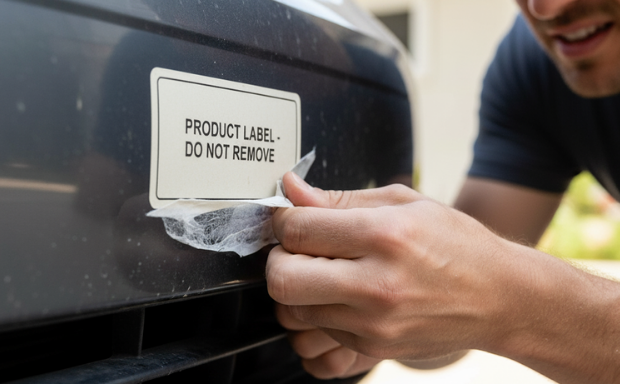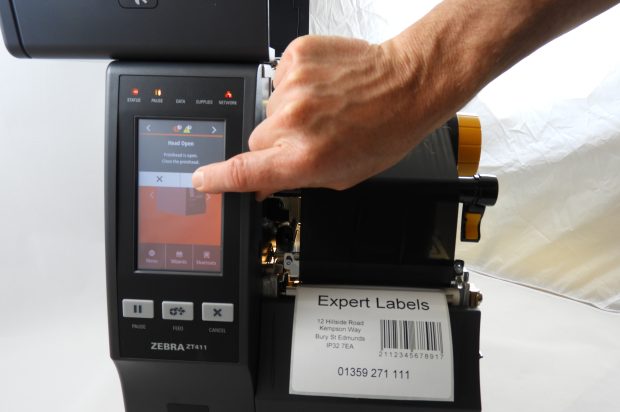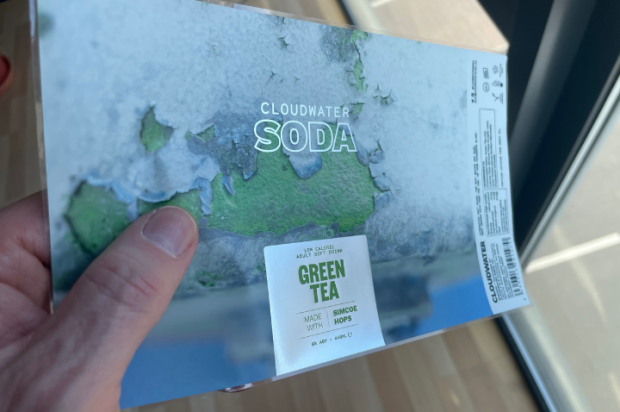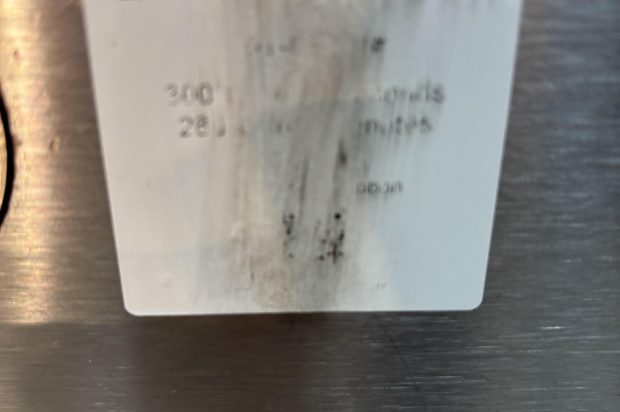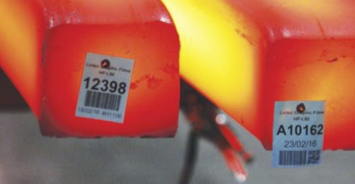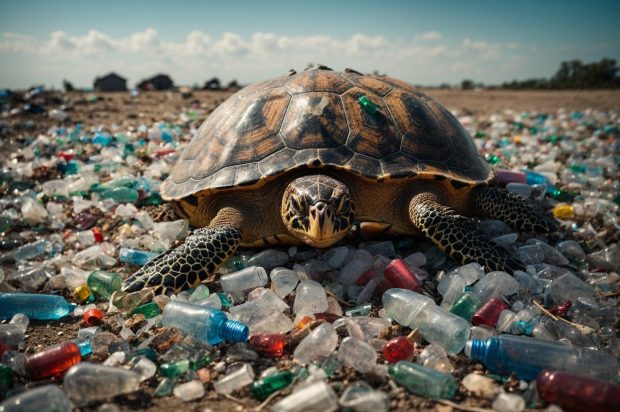Materials Used in High-Temperature Labels
7th November 2025High-temperature labels are essential in industries where standard labelling materials would degrade, melt or lose adhesion due to heat. These specialist labels are designed to remain intact and readable even when exposed to extreme temperatures, making them critical in sectors such as electronics manufacturing, aerospace, automotive, metal processing and sterilisation environments. The materials used in …


